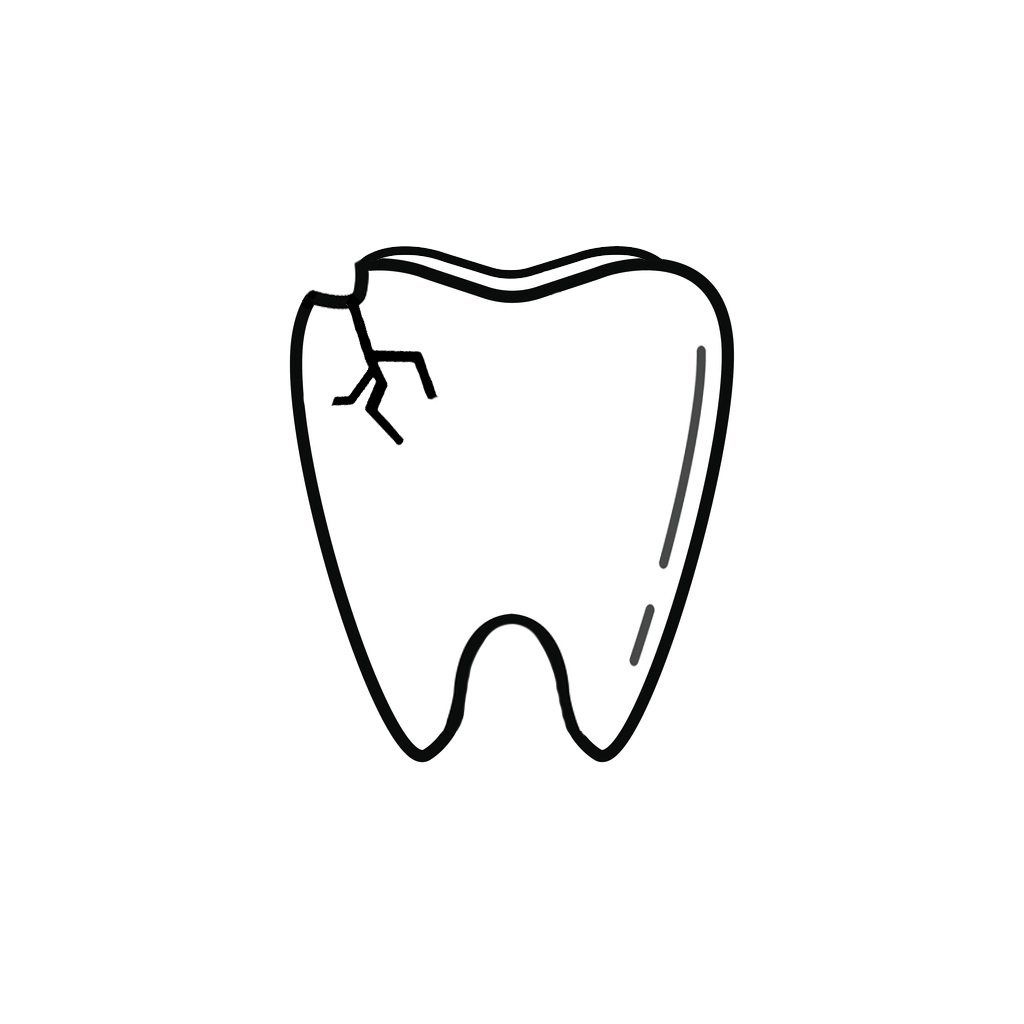What’s the connection between dental health and overall health? A growing number of researchers are trying to figure that out.
By Suzanne Allard Levingston October 1
Open wide. There’s a host of researchers peering inside your mouth, and you may be surprised at what they hope to find. They’re looking for a connection between gum disease and illnesses such as breast cancer and even dementia.
What they’re seeing in there is intriguing: possible relationships between gum or periodontal disease and diabetes, heart disease, stroke and at-risk pregnancies. Some studies have been pursuing an association between bleeding gums and pancreatic cancer. Others are looking at whether there’s a connection between mouth bacteria and Alzheimer’s.
But experts are far from understanding what these links might mean. Studies’ conclusions are carefully phrased to avoid implying that they are definitive, because the exact role of our gums in overall health has yet to be determined. It could be that gum disease exacerbates other diseases, or gum disease might be a symptom of other conditions.
In the meantime, extra dental care for those with gum disease and certain at-risk conditions has become common, pragmatic practice.
Gum disease starts with a slimy film of bacteria. Signs of gum disease include bleeding, red or swollen gums; bad breath; and loose teeth. (Bigstock)
Nearly half of all Americans age 30 and older have some form of gum disease; in people 65 and older, 70 percent have some degree of periodontal disease, according to the Centers for Disease Control and Prevention.
Gum disease, or periodontitis, starts with a slimy film of bacteria. This plaque sticks to teeth and gums, and if not brushed or flossed away, it can burrow below the gumline. Some people are genetically inclined toward it.
Signs of gum disease include bleeding, red or swollen gums; areas where the gum seems separated from the teeth; bad breath; and loose teeth, which can cause changes in your bite, according to the American Dental Association. Gingivitis is a mild form of the condition. Sometimes the disease is very advanced even though there are no symptoms.
Left untreated, periodontitis can cause tooth loss, painful chewing and may increase the risk of various conditions.
While not definitive, the links between gum disease and diabetes, at-risk pregnancy, heart disease and stroke have been so consistent that some insurers offer extra preventive periodontal care at little or no cost to people with those conditions.
Treating periodontitis in such patients resulted in fewer hospitalizations and lower medical costs than those who did not receive follow-up periodontal care, according to an analysis of dental insurance claims published in 2014 in the American Journal of Preventive Medicine.
For example, over the study period, the average annual cost of medical care for Type 2 diabetics with untreated periodontal disease was $7,056; for diabetics with treated periodontal disease, the average was $4,216 — a 40 percent savings, with 40 percent fewer hospital admissions. Cerebral vascular disease patients whose gum disease was treated saw a 41 percent cost savings and 21 percent fewer hospital admissions. For coronary artery disease, the cost savings was 11 percent, with nearly 30 percent fewer hospital stays. The study also included rheumatoid arthritis patients, for whom no gum disease treatment effects were found.
The conclusions are gathered through large-scale data analysis, or data mining, a research process that’s still in its infancy in dentistry, said lead author Marjorie Jeffcoat, a professor and dean emeritus of the University of Pennsylvania School of Dental Medicine.
“These databases essentially show that getting more care reduces costs. That’s different from a causal relationship,” said Steven Offenbacher, a distinguished professor and chairman of periodontology and director of the Center for Oral and Systemic Diseases at the University of North Carolina at Chapel Hill School of Dentistry. It will take researchers a while to dig deeper into cause, Offenbacher said.
Roots of research
More than a century ago, doctors theorized that oral infections damaged the heart and caused other illnesses, a concern that incited a wave of tooth extractions for decades. Eventually, attention to the lack of scientific evidence stopped the practice.
Since the 1980s, studies have been investigating relationships between gum disease and other conditions. In 2012, the American Heart Association issued a scientific statement after reviewing the studies.
The AHA noted that an association exists between gum disease and heart disease beyond the shared risk factors such as smoking, age and diabetes. But there was no evidence that treating gum disease would prevent heart disease or modify its outcomes. The AHA indicated more research needed to be done.
Despite the cautions, the study of how gum disease relates to overall health is gaining traction, said Robert Genco, a distinguished professor of oral biology, microbiology and immunology at the State University of New York at Buffalo.
Research continues to unearth associations between gum disease and a variety of conditions including respiratory disease, chronic kidney disease, cognitive impairment, obesity and some cancers.
This year, Genco and colleagues published an analysis showing an association between periodontal disease and breast cancer in post-menopausal women, particularly in those who had quit smoking within the previous 20 years.
Researchers carefully acknowledge that more study is needed into such intriguing relationships. For example, many factors — including age, gender, smoking status, weight, family history — may contribute to developing breast cancer. It’s not clear what exact role gum disease might play.
For insights into gum disease pathways and mechanisms, researchers focus on two main areas: inflammation and bacteria.
The link to inflammation
The chronic inflammation of gum disease may spur inflammation elsewhere in the body. Gum-disease bacteria may travel to the liver and raise levels of C-reactive protein, which is an indicator of inflammation involved in many conditions, including heart disease and Type 2 diabetes.
Most who develop Type 2 diabetes are overweight or obese, with extra weight overworking the pancreas and causing inflammation. Gum disease seems to contribute to that inflammation.
“There is mounting evidence that there is a bidirectional link between diabetes and gum disease,” said Thomas Van Dyke, research team leader at the Forsyth Institute. (Based in Cambridge, Mass, the institute promotes oral health.) That two-directional relationship means that diabetics with gum disease have more difficulty controlling their blood sugar and that gum disease is two to three times as prevalent in diabetics as in the general population, he said. Studies show that when diabetics get their gum disease under control, they have much more success managing their blood sugar levels.
‘A blossoming field’
For clues about how gum disease relates to overall health, researchers are also exploring the microbiome, which is the total of bacteria, viruses and fungi in a given site, whether it be a pond or the swamp of your mouth.
Genco says the oral microbiome is probably spread via the bloodstream as bacteria seek places to grow elsewhere in the body. “The big issue here is how do oral organisms get to places like the heart, the colon, maybe the breast, maybe the pancreas,” Genco said.
In 2007, the federal government created the Human Microbiome Project to identify the organisms in the body. This led to an understanding that tissues that were thought to be sterile, such as the breast and the placenta, can harbor bacteria.
The oral microbiome is “a blossoming field” that offers a new way to consider periodontal and systemic diseases, Genco said. Science’s knowledge has advanced: Between 700 and 1,000 bacteria have been identified in human mouths, roughly double that known in the 1980s. About 30 organisms are identified with gum disease, a number that has more than doubled over the past decade.
There is a complex microbiome, some of which seems to come from the mouth, in the fatty tissue of the heart walls where cholesterol and heart disease fester, Genco said. Oral-based bacteria is thought to target the fetuses of women with severe periodontal disease, resulting in low birthweight babies.
Insights into gum disease may lie in cutting-edge science. Technical advances have made it easier for scientists to analyze the genetic components of mouth bacteria. Instead of doing laborious, costly bacterial cultures, new techniques allow for just a minute amount of bacteria to create what are essentially genetic bar codes of various organisms and their components.
Bioinformatics will help create data sets about the oral microbiome to analyze and detect patterns, Van Dyke said. His colleagues at Forsyth developed the major database for the oral microbiome. This information may be used to trace why certain oral bacteria seem to turn into relentless pathogens.
Also under scrutiny: the epigenetics of gum disease — whether environmental factors affect the ways genes are expressed — such as how smoking changes the oral microbiome.
“We have a fuller palette to investigate these phenomena” with “very sophisticated epidemiology,” Genco said.
Understanding gum disease may lead to other advances. Van Dyke hopes that unraveling the role of the oral microbiome and inflammation in heart disease will lead to new approaches in prevention and treatment.
The magnitude of gum disease is just sinking in, Offenbacher said. People can walk around with a huge infection in their mouth, but because it doesn’t hurt, it’s underappreciated even though the infection goes down into the bone. If you had an infection in your arm that went down to the bone, he said, you wouldn’t think twice about needing to get it treated.
As research continues, perhaps we’ll all be thinking twice about our gums.




